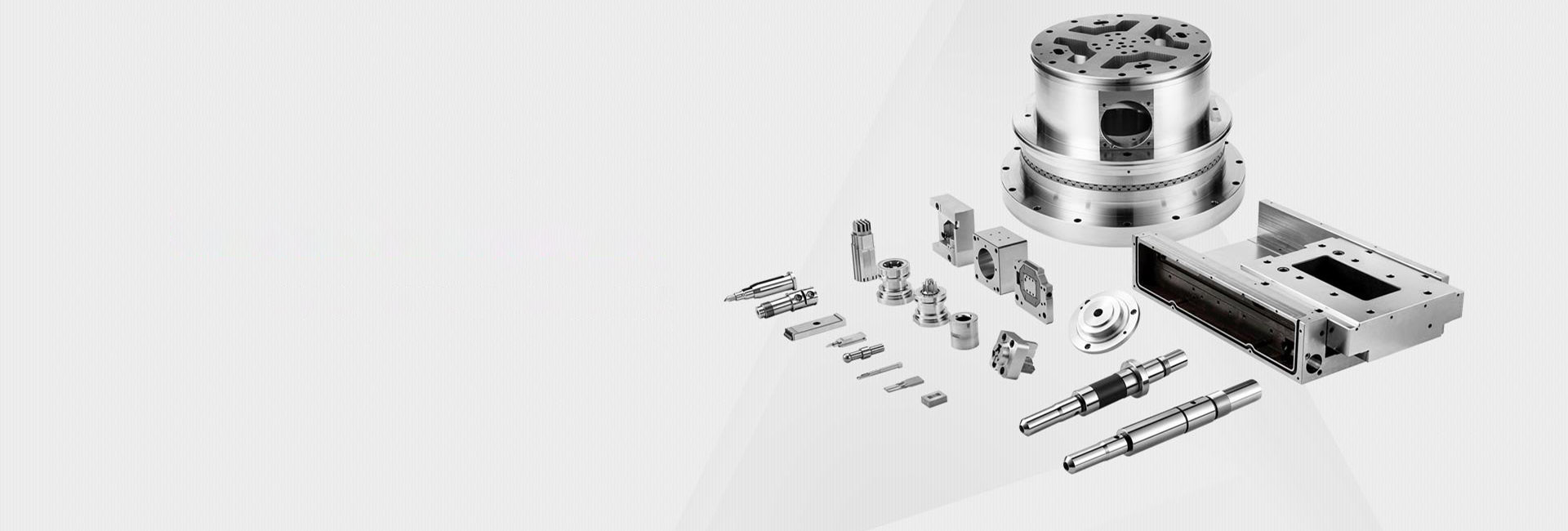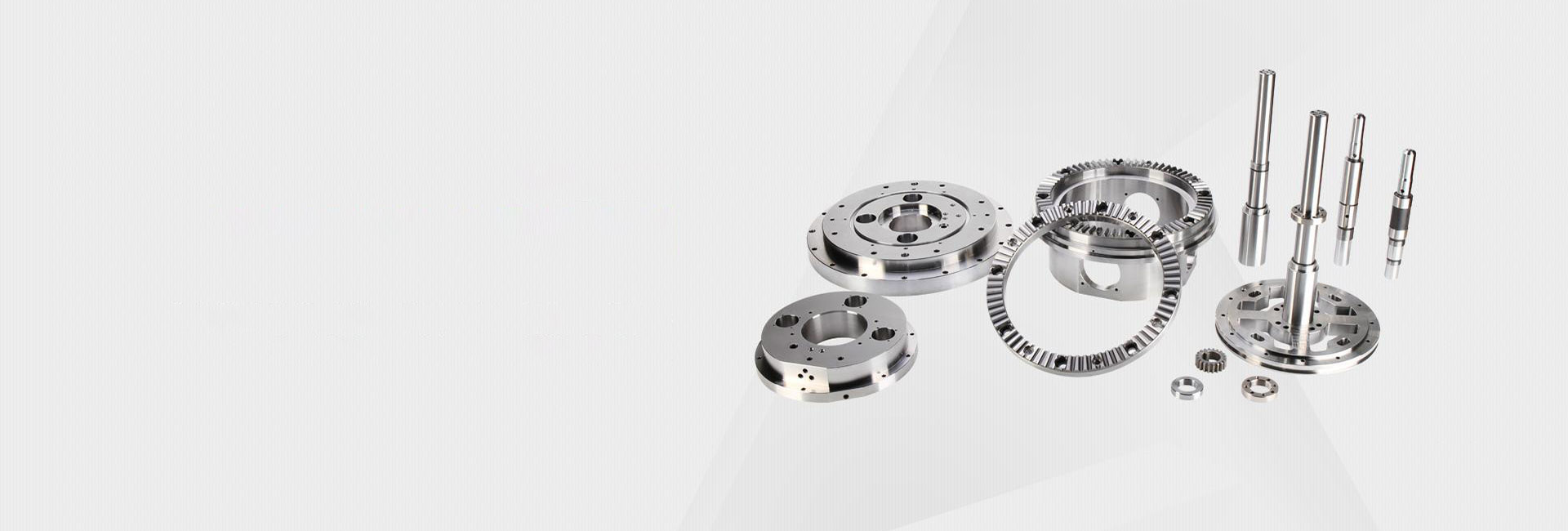What Factors Really Affect High-Speed CNC Machining Costs? A Detailed Breakdown
Feeling confused by the quotes you're getting for high-speed CNC machining? 🤔 One factory gives you one number, and another comes back with something completely different. It's frustrating, right? You're not just looking for the cheapest price; you need to understand why it costs what it does, so you can make a smart decision for your project. Let's pull back the curtain together and look at the real factors that shape that final number.
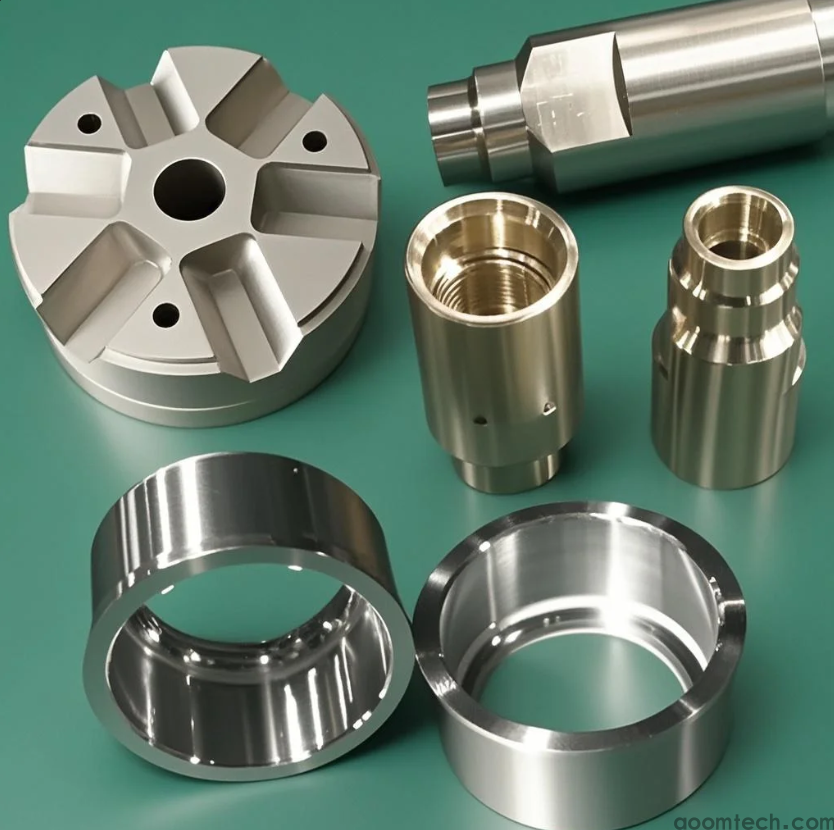
⚙️ It's Not Just About the Machine Runtime
Many people think the cost is simply: (machine time) x (hourly rate). But that's only a small part of the story. The total cost is a mix of the machine's time, the skill of the people programming and running it, and the "behind-the-scenes" work. A cheaper hourly rate might hide inefficiencies, while a higher rate could mean much faster production and better quality, saving you money and headaches in the long run.
📝 The Design & Preparation Stage: Cost Starts Here
Before any metal is cut, a lot of thinking happens. This stage sets the foundation for everything that follows.
• CAD File Complexity: A simple bracket is one thing; a complex, intricate housing with tight tolerances is another. The more complex your 3D model, the longer it takes to create the machine toolpaths, which adds to the cost.
• Programming Time: An engineer has to translate your design into a language the CNC machine understands. Complex parts require more sophisticated programming. It's a highly skilled job, and that expertise is factored into the price.
• Material Selection: Are you using aluminum, stainless steel, or a specialty plastic? The raw material cost varies dramatically. Also, harder materials are tougher on tools and take longer to machine.
🏭 The Production Grind: Where the Clock is Ticking
This is the most visible part of the process, but even here, there's more than meets the eye.
• Actual Machining Time: This is the "hourly rate" part. High-speed machines are expensive, so running them costs money. A part that takes 5 hours to make will naturally cost more than one that takes 30 minutes.
• Tooling and Setup: Each job requires specific cutting tools. These tools wear out and need replacing. The cost of buying and maintaining them is included. Also, setting up the machine for your specific job takes time and labor, a cost that is often spread across the total parts in your order.
• Tolerances and Finishing: Do you need a standard finish, or a mirror-smooth polished surface? Tighter tolerances and finer finishes require more passes, slower machining, and additional manual labor, all of which increase the price.
🧐 The "Hidden" Factors You Might Not See Coming
Some costs aren't directly on the factory floor. I've seen projects get more expensive because these were overlooked.
• Order Quantity: This is a huge one. Making one single part (prototyping) is expensive because the setup cost is only spread over one item. Ordering 1,000 pieces dramatically reduces the cost per part. It's simple math, but it's powerful.
• The Supplier's Expertise: A factory that specializes in high-precision medical devices will likely have a different cost structure than one that makes general industrial parts. You're paying for their specific knowledge and quality control systems. While this often leads to a better outcome, the specific way this expertise translates to operational costs is something I'm still piecing together from different suppliers.
• Lead Time: Need it yesterday? Rushing a job often means paying a premium. It might require overtime pay or reshuffling other scheduled work.
💡 So, How Can You Get a Better Quote?
Knowing all this, you can now be a more informed buyer. Here's what you can do:
• Provide Clear, Complete Files: A perfect 3D model saves everyone time and prevents misunderstandings.
• Discuss Tolerances Early: Don't call for ultra-tight tolerances on every surface if you don't need them. This is one of the easiest ways to control cost.
• Be Flexible on Materials: Ask if there's a more cost-effective material that will still meet your needs.
• Plan Your Quantities: If possible, group your orders to get the benefit of volume pricing.
• Talk to Your Supplier! A good supplier will walk you through these factors. If a quote seems too high or too low, ask them to break it down. Their willingness to do this perhaps indicates their transparency and reliability.
From my own experience, the cheapest quote is rarely the most cost-effective in the long term. A slightly higher price from a communicative, expert manufacturer who delivers perfect parts on time almost always saves you from the hidden costs of delays, reworks, and failed components. 😊
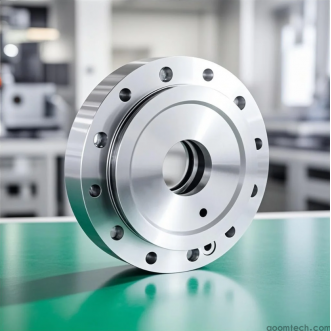 How to Find Reliable CNC Machi
How to Find Reliable CNC Machi
 How to Find Reliable CNC Machi
How to Find Reliable CNC Machi
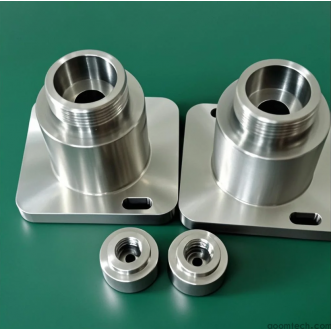 How Much Does Small Batch CNC
How Much Does Small Batch CNC
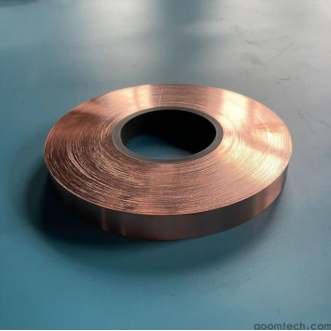 How to Prevent Deformation in
How to Prevent Deformation in

